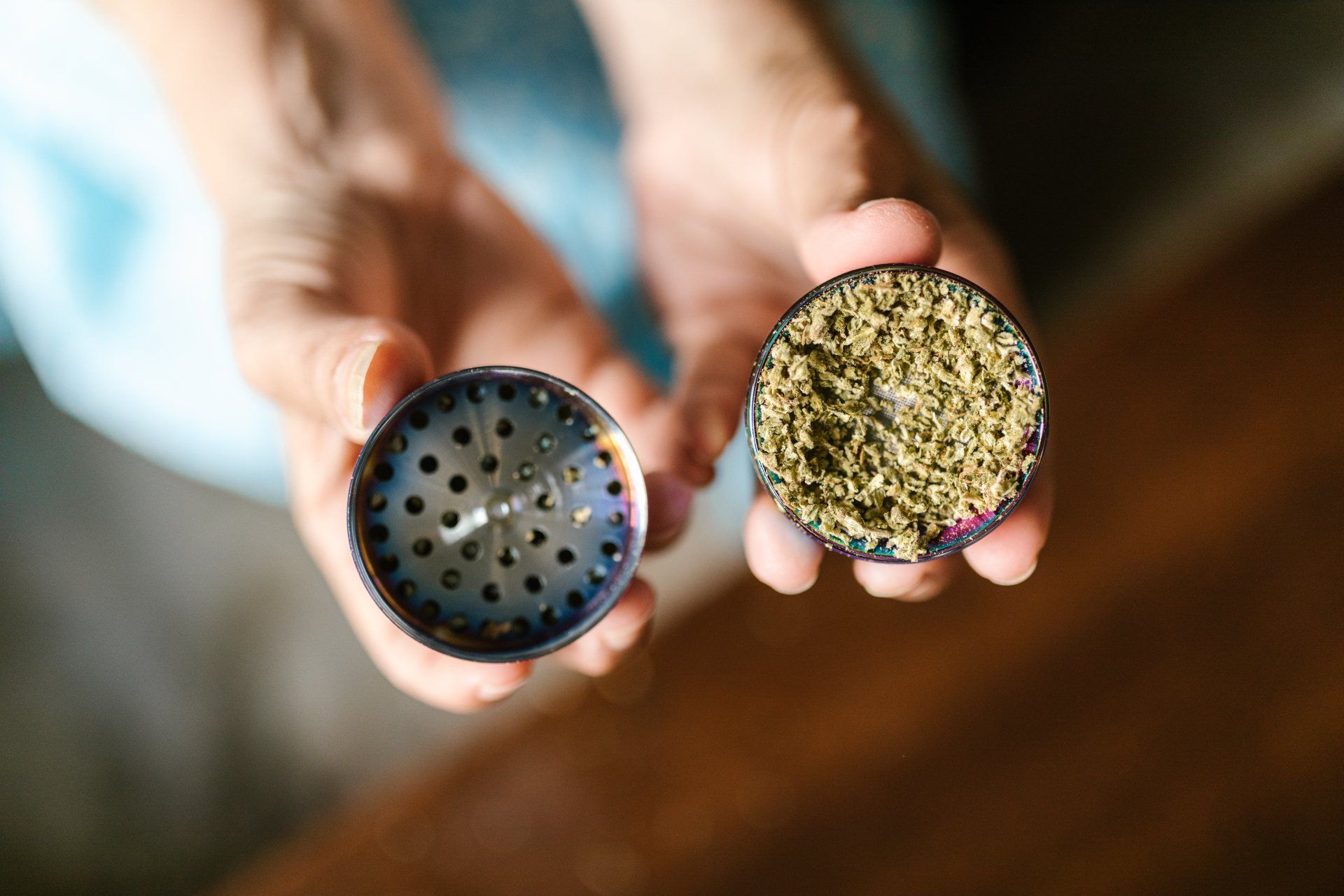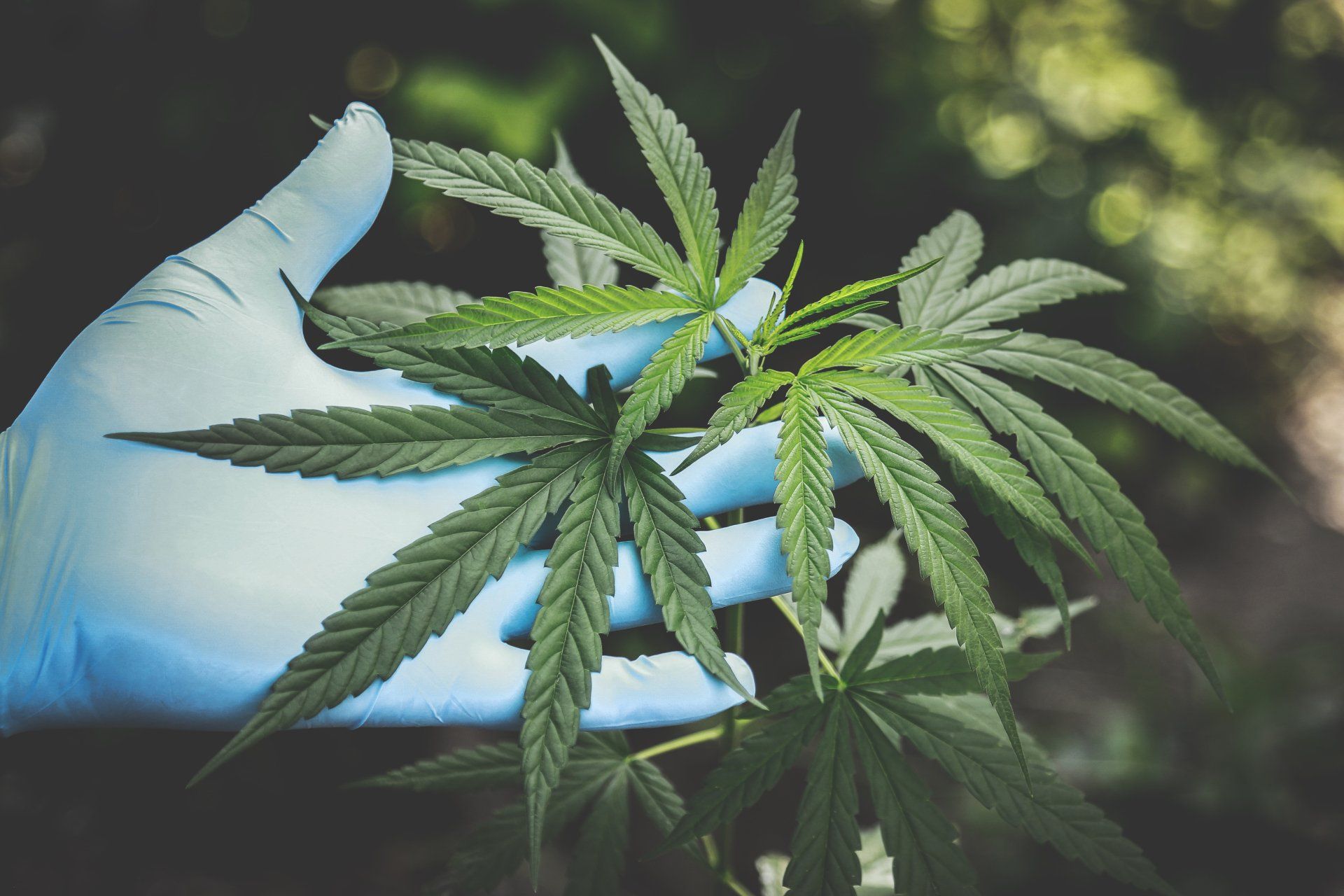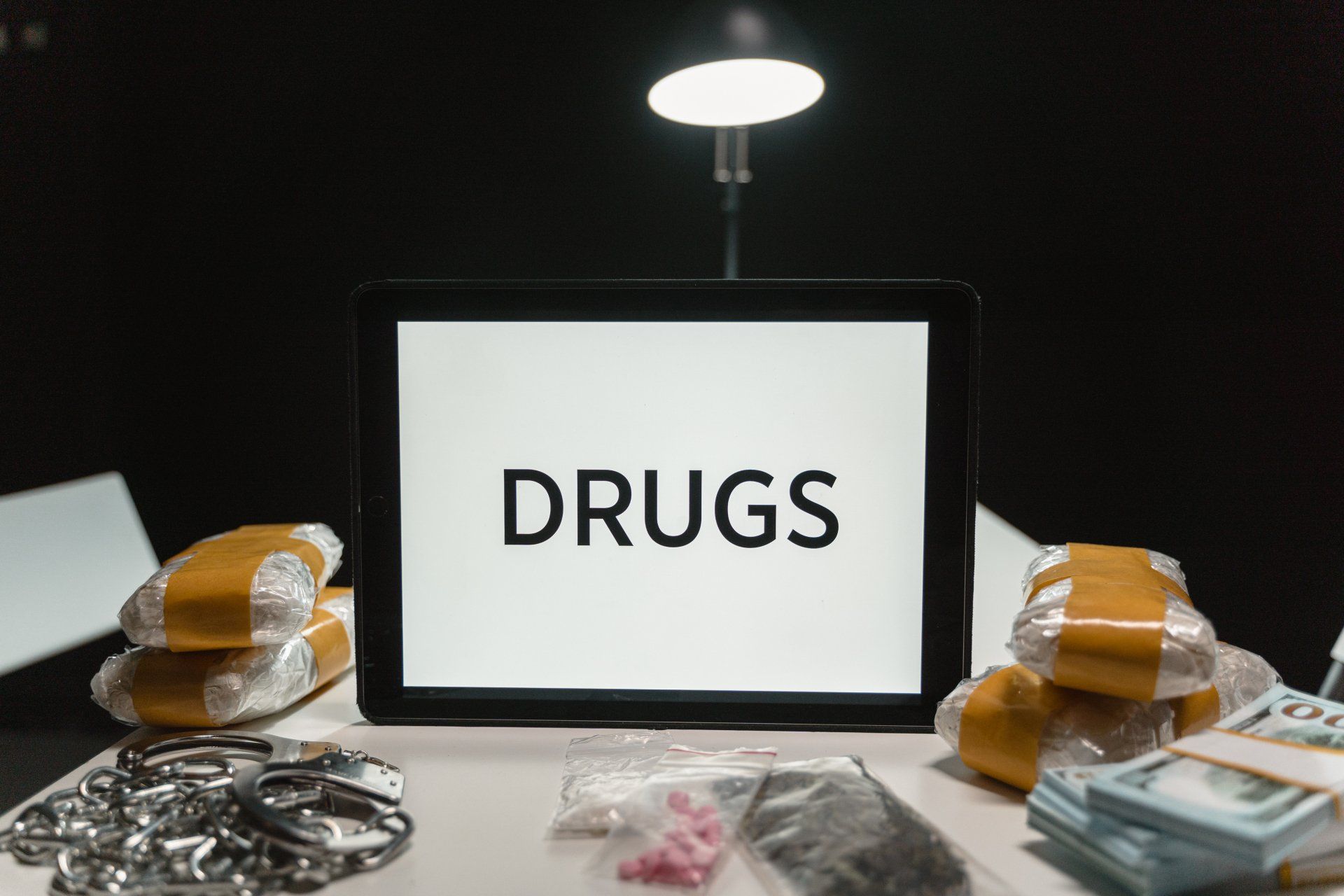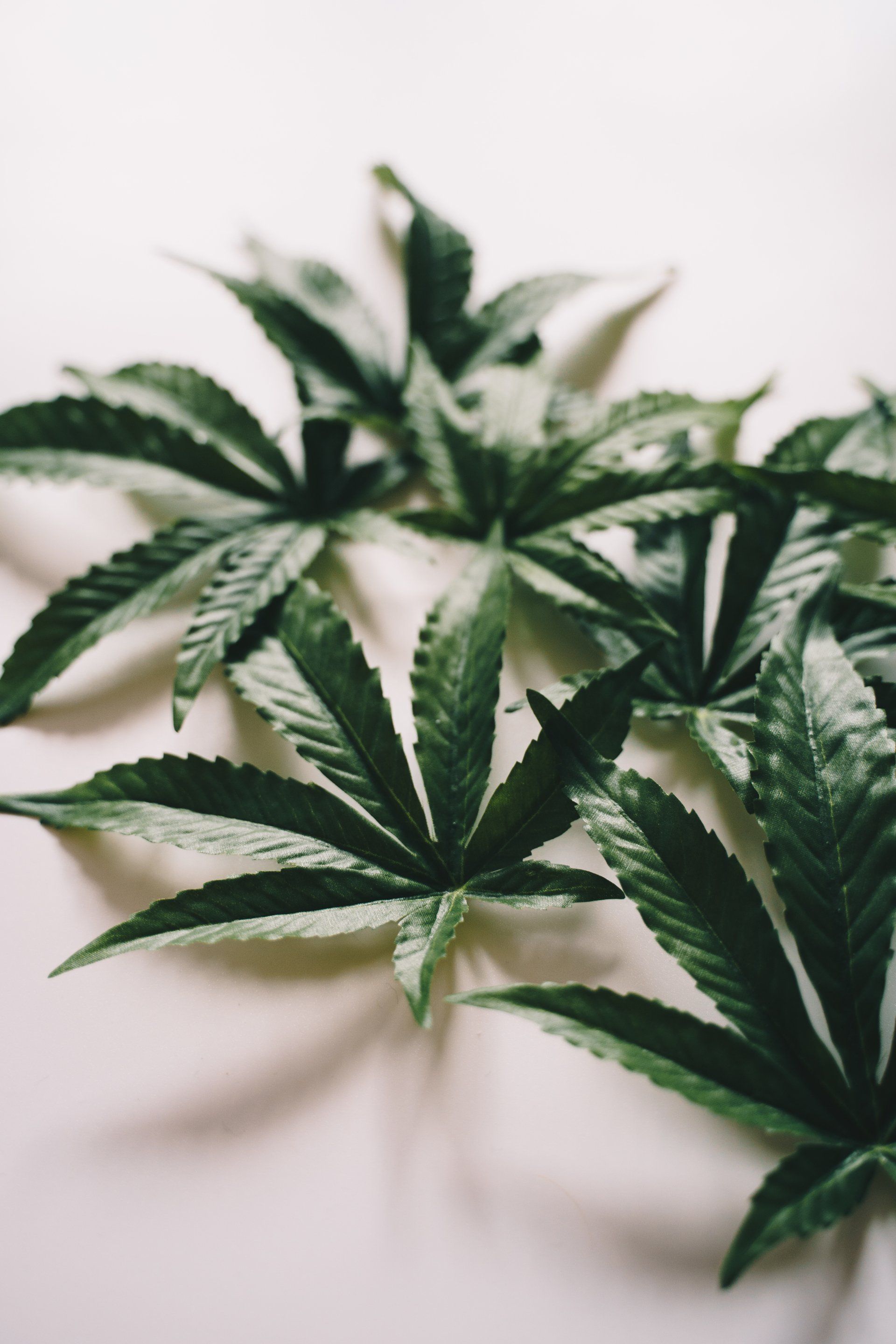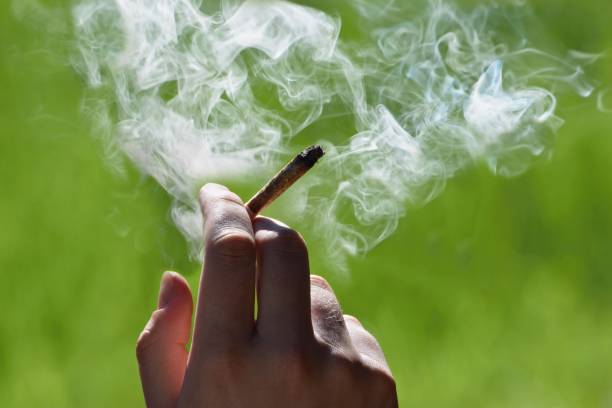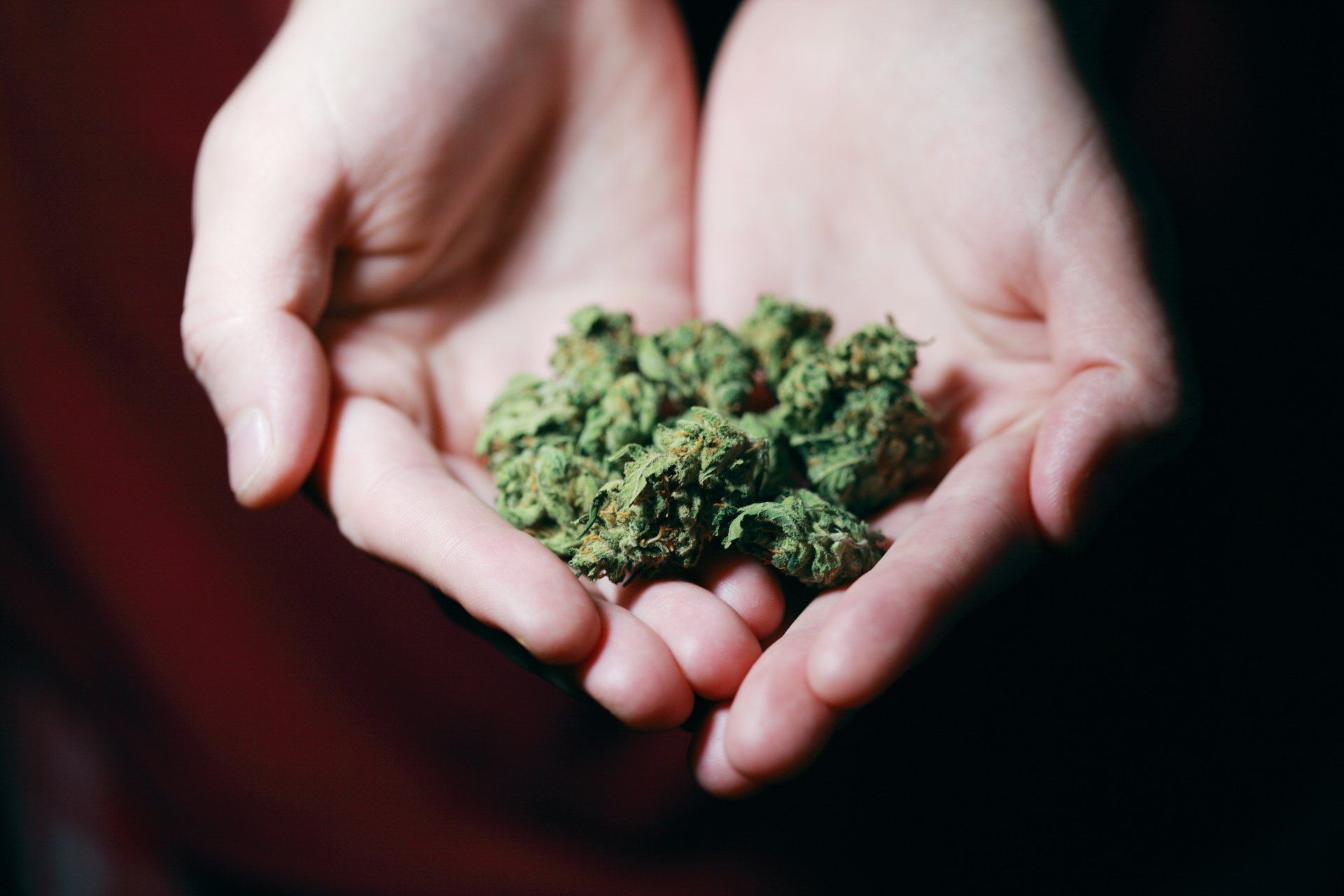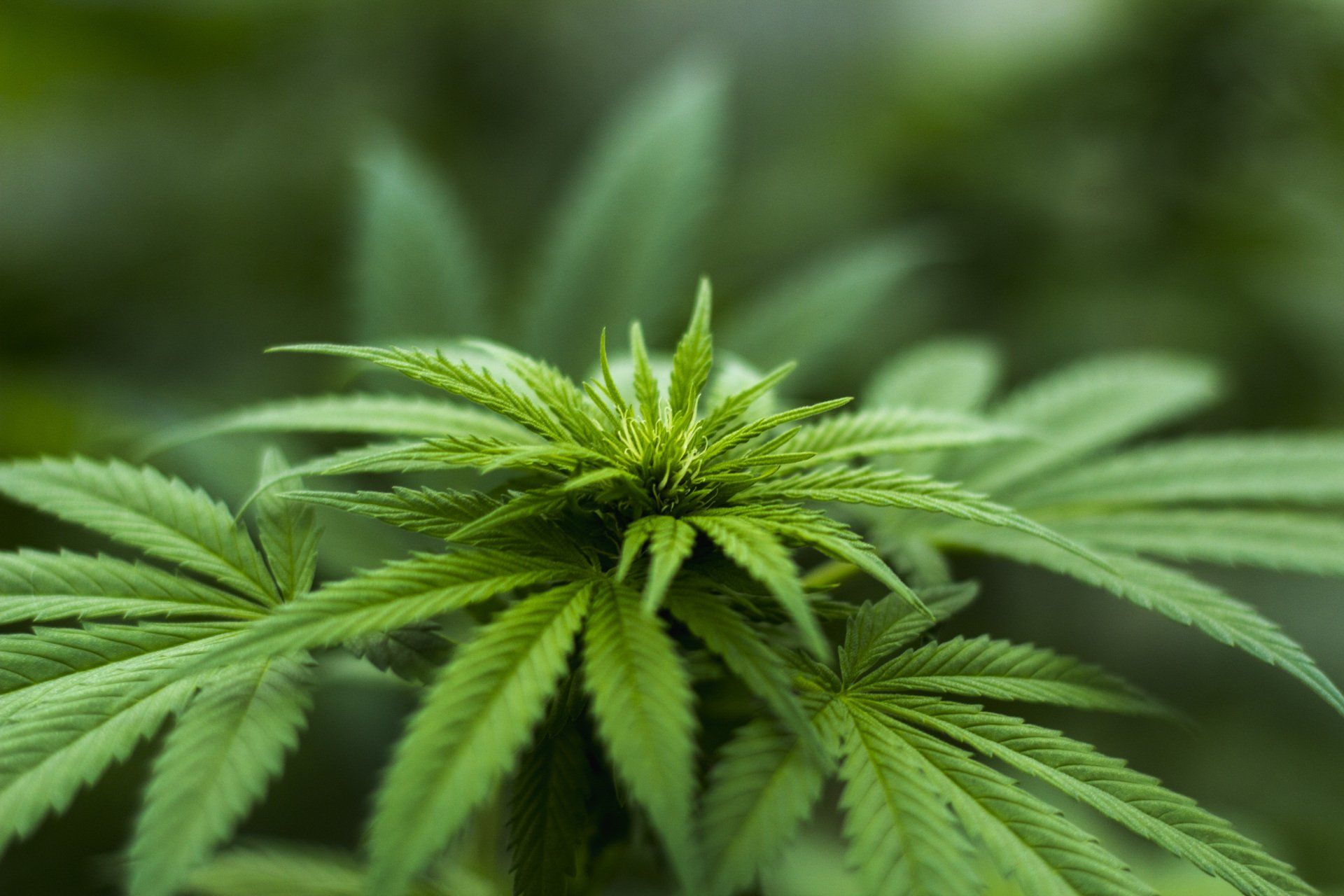The Truth About Cannabis - Cannabis as a Medicine
The medical use of cannabis goes back centuries. In ancient China, physicians mixed cannabis into medicine to treat pain and used it as an anaesthetic. In Ancient Greece cannabis was used to stop nose bleeds. Queen Victoria is alleged to have used it for period pains. The use of cannabis as a medicine increased during the 1900s and its use continues to increase. Prior to the second world war there were 2,000 cannabis medicines produced by over 280 manufacturers (BBC Panorama, 2001). Whilst these products were produced without any scientific basis, there was considerable anecdotal evidence that cannabis-based medicines had some impact on alleviating certain conditions, particularly pain relief. As modern medicines developed during the 1900s, new and more laboratory-tested drugs were developed such as aspirin (1899), and cannabis medicines fell out of favour as people turned towards the more scientifically proven drugs. The use of cannabis as a medicine continued but was very much a niche market.
In 1973 Tod H Mikuya, a psychiatrist from California, published a paper claiming that cannabis helped glaucoma. There were further studies undertaken, most of them small scale, highlighting the potential therapeutic benefits of cannabis for a variety of medical conditions, such as pain relief, help with muscle spasms, and relief from the nausea caused by chemotherapy. This helped to spark a renewed public interest in cannabis. Medicalised cannabis provided a strong argument for those who for years had been campaigning to legalise cannabis, claiming it was a harmless recreational drug and, far from being dangerous, actually had healing qualities. As the use of cannabis increased during the 1960s, so did the calls to legalise it. Pressure groups sprang up calling for the decriminalisation of cannabis, riding on the back of its therapeutic value for a range of medical conditions.
There is now compelling evidence that cannabis does have therapeutic qualities but there is equally compelling evidence that cannabis can damage the complex wiring system of the brain, leading to long term mental health issues, especially those who start using cannabis as teenagers. To understand why cannabis can harm and heal people, you must understand the complex make up of cannabis and understand the difference between THC and CBD the two primary chemicals in cannabis (see my previous blog 2). It is the THC which can be dangerous if taken in excess or the user consumes cannabis with high levels of THC. The cannabis sold on the streets today tends to be genetically modified cannabis with high levels of THC - which can be lethal to the young minds of teenagers.
This blog is an extract from my book ‘Gone To Pot – Cannabis: What Every Parent Needs To Know’. If you would like to know more about the impact cannabis is having on young teenagers and what you can do to protect your children visit my website: www.terryhammond.org.uk
